| Hollywoodland | Sep 9 2023 |

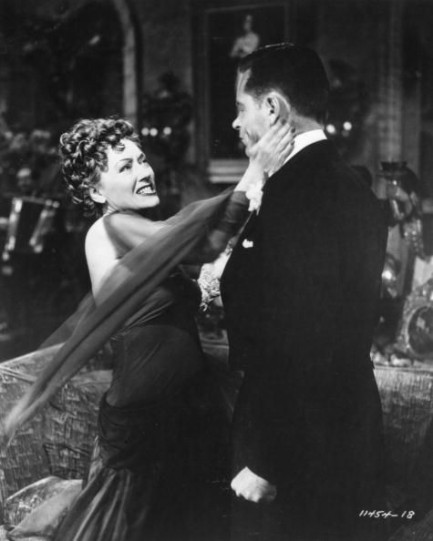
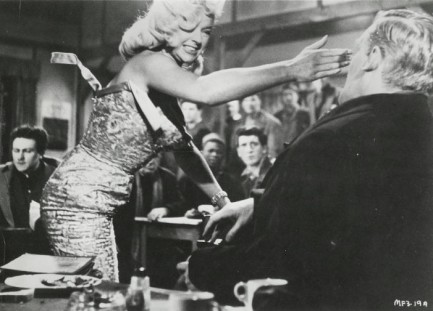
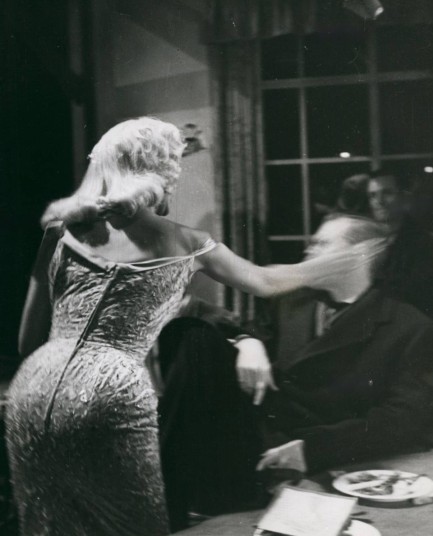 Diana Dors smacks Patrick Allen blurry in 1957's The Long Haul.
Diana Dors smacks Patrick Allen blurry in 1957's The Long Haul.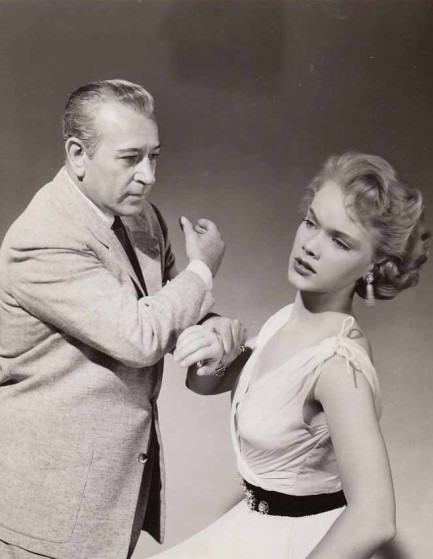 Mob boss George Raft menaces Anne Francis in a promo image made for 1954's Rogue Cop.
Mob boss George Raft menaces Anne Francis in a promo image made for 1954's Rogue Cop.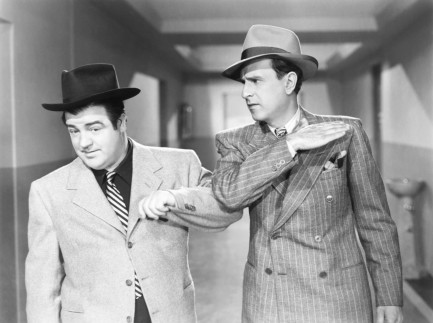 Bud Abbott gets aggressive with Lou Costello in 1945's Here Come the Co-Eds.
Bud Abbott gets aggressive with Lou Costello in 1945's Here Come the Co-Eds.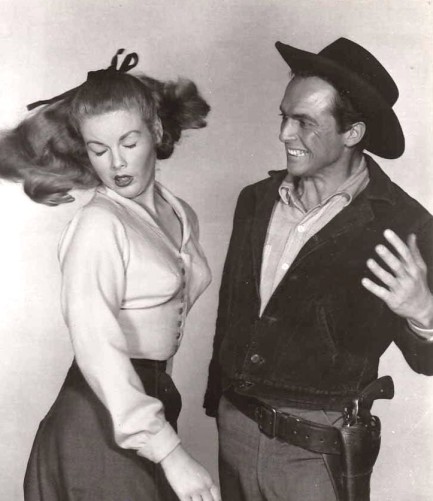 Jo Morrow takes one from black hat Jack Hogan in 1959's The Legend of Tom Dooley.
Jo Morrow takes one from black hat Jack Hogan in 1959's The Legend of Tom Dooley.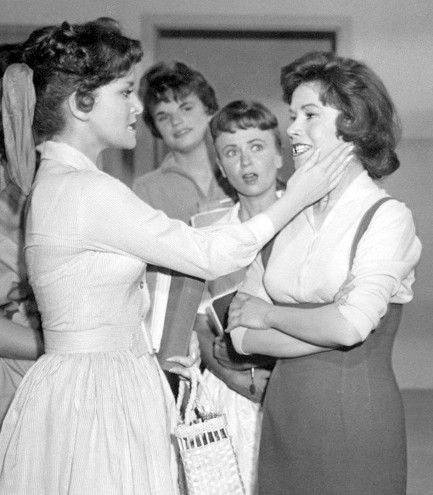 Chris Robinson and Anita Sands get a couple of things straight about who's on the yearbook committee in Diary of High School Bride.
Chris Robinson and Anita Sands get a couple of things straight about who's on the yearbook committee in Diary of High School Bride.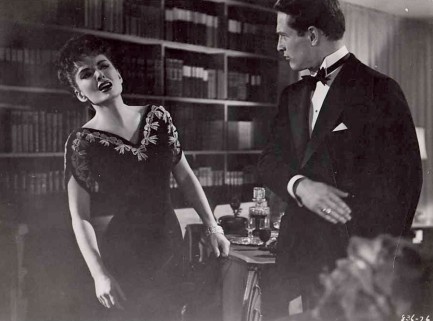 Paul Newman and Ann Blyth agree to disagree in 1957's The Helen Morgan Story.
Paul Newman and Ann Blyth agree to disagree in 1957's The Helen Morgan Story.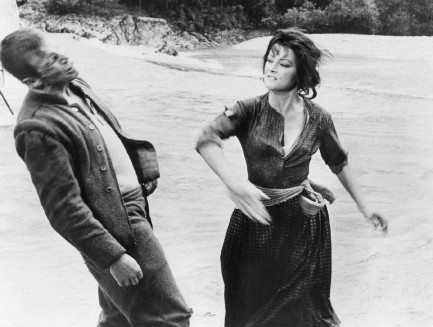 Verna Lisi shows Umberto Orsini who gives the orders in the 1967 film La ragazza e il generale, aka The Girl and the General.
Verna Lisi shows Umberto Orsini who gives the orders in the 1967 film La ragazza e il generale, aka The Girl and the General.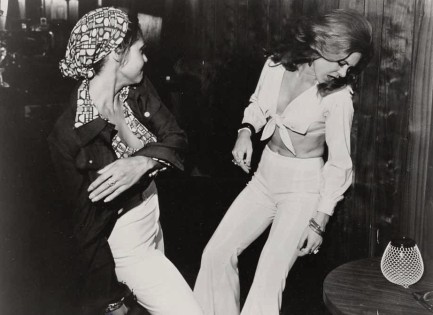 What the fuck did you just call me? Marki Bey slaps Betty Anne Rees loopy in the 1974 horror flick Sugar Hill.
What the fuck did you just call me? Marki Bey slaps Betty Anne Rees loopy in the 1974 horror flick Sugar Hill.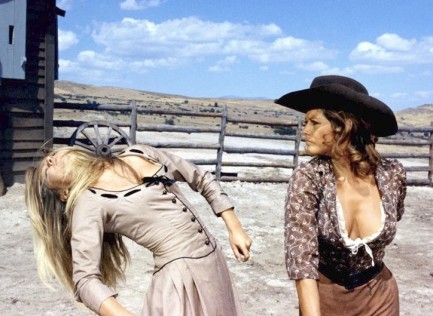 Claudia Cardinale slaps (or maybe punches—we can't remember) Brigitte Bardot in the 1971 western Les pétroleuses, known in English for some reason as The Legend of Frenchie King.
Claudia Cardinale slaps (or maybe punches—we can't remember) Brigitte Bardot in the 1971 western Les pétroleuses, known in English for some reason as The Legend of Frenchie King.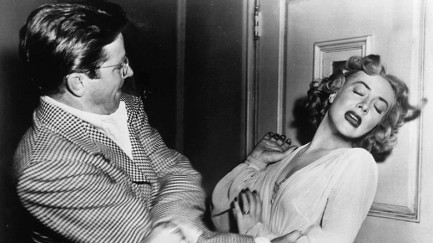 Audrey Totter reels under the attentions of Richard Basehart in 1949 Tension. We're thinking it was probably even more tense after this moment.
Audrey Totter reels under the attentions of Richard Basehart in 1949 Tension. We're thinking it was probably even more tense after this moment.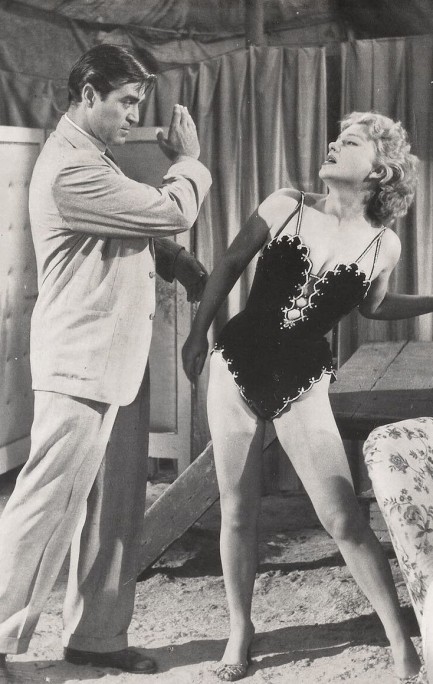 Anne Baxter tries to no avail to avoid a slap from heel Steve Cochran in 1954's Carnival Story.
Anne Baxter tries to no avail to avoid a slap from heel Steve Cochran in 1954's Carnival Story.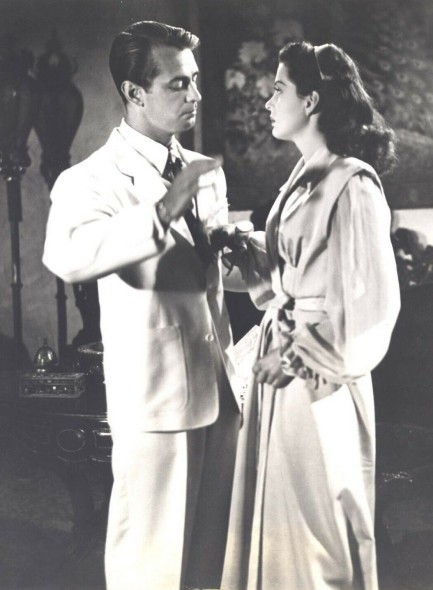
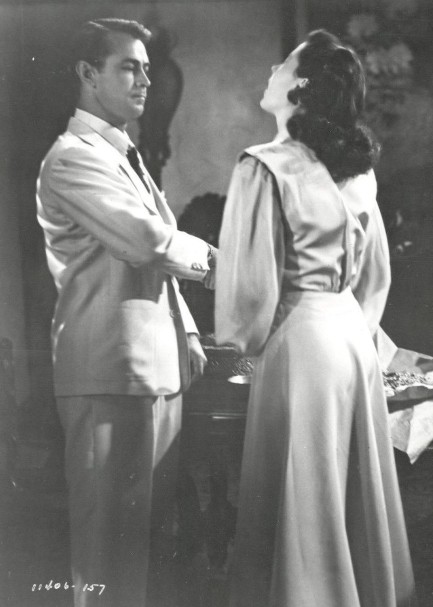 Though Alan Ladd was a little guy who Gail Russell probably could have roughed up if she wanted, the script called for him to slap her, and he obeyed in the 1946 adventure Calcutta.
Though Alan Ladd was a little guy who Gail Russell probably could have roughed up if she wanted, the script called for him to slap her, and he obeyed in the 1946 adventure Calcutta.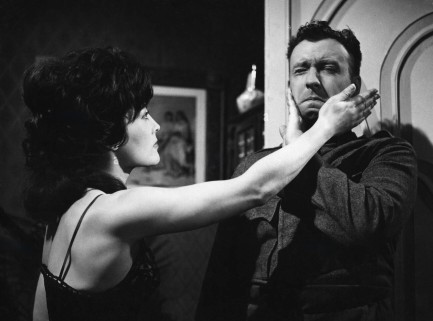 Peter Alexander guards his right cheek, therefore Hannelore Auer crosses him up and attacks his left in 1964's Schwejk's Flegeljahre, aka Schweik's Years of Indiscretion.
Peter Alexander guards his right cheek, therefore Hannelore Auer crosses him up and attacks his left in 1964's Schwejk's Flegeljahre, aka Schweik's Years of Indiscretion.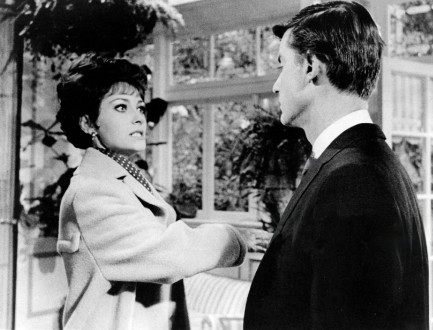 Elizabeth Ashley gives Roddy McDowall a facial in in 1965's The Third Day.
Elizabeth Ashley gives Roddy McDowall a facial in in 1965's The Third Day.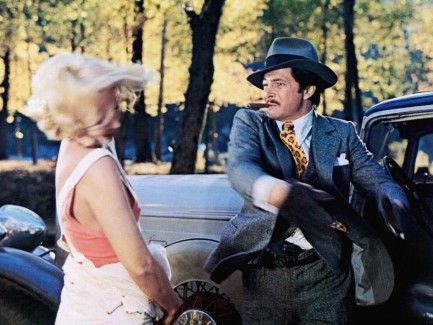 Tony Anthony slaps Lucretia Love in 1972's Piazza pulita, aka Pete, Pearl and the Pole.
Tony Anthony slaps Lucretia Love in 1972's Piazza pulita, aka Pete, Pearl and the Pole.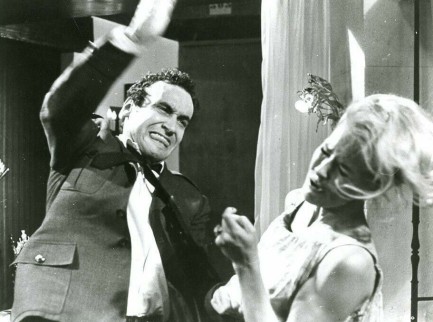 André Oumansky goes backhand on Lola Albright in 1964's Joy House.
André Oumansky goes backhand on Lola Albright in 1964's Joy House.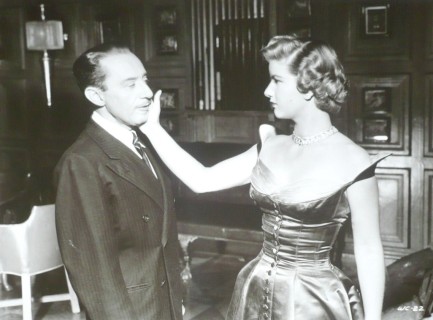 Frank Ferguson catches one from Barbara Bel Geddes in the 1949 drama Caught.
Frank Ferguson catches one from Barbara Bel Geddes in the 1949 drama Caught.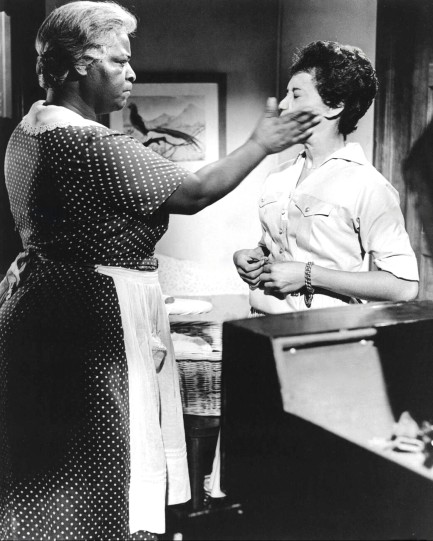 This looks like a real slap, so you have to credit the actresses for their commitment. It's from 1961's Raisin in the Sun and shows Claudia McNeil rearranging the face of Diana Sands.
This looks like a real slap, so you have to credit the actresses for their commitment. It's from 1961's Raisin in the Sun and shows Claudia McNeil rearranging the face of Diana Sands.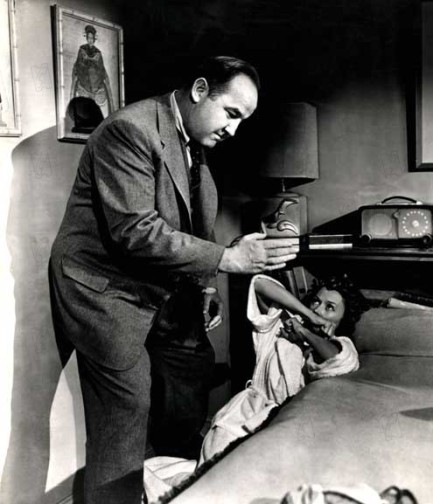 Gloria Grahame finds herself cornered by Broderick Crawford in 1954's Human Desire.
Gloria Grahame finds herself cornered by Broderick Crawford in 1954's Human Desire.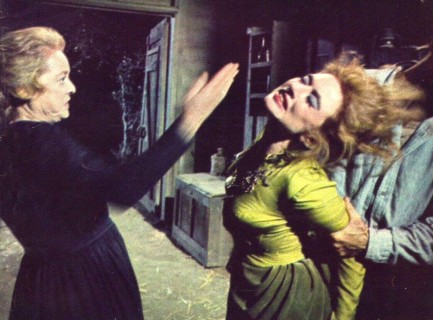 Bette Davis, an experienced slapper and slappee, gets a little assistance from an unidentified third party as she goes Old West on Amanda Blake in a 1966 episode of Gunsmoke called “The Jailer.”
Bette Davis, an experienced slapper and slappee, gets a little assistance from an unidentified third party as she goes Old West on Amanda Blake in a 1966 episode of Gunsmoke called “The Jailer.”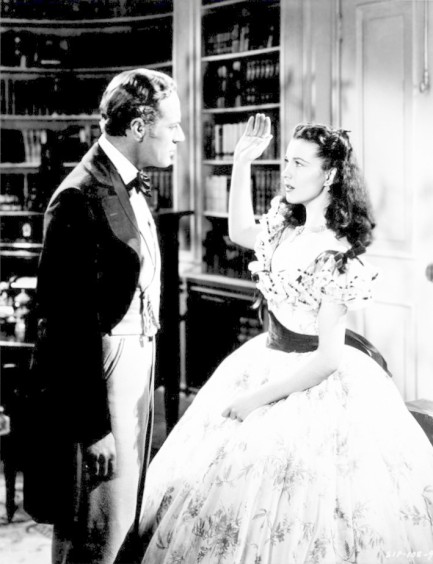 There are a few slaps in 1939's Gone with the Wind, so we had our pick. We went with Vivien Leigh and Leslie Howard.
There are a few slaps in 1939's Gone with the Wind, so we had our pick. We went with Vivien Leigh and Leslie Howard.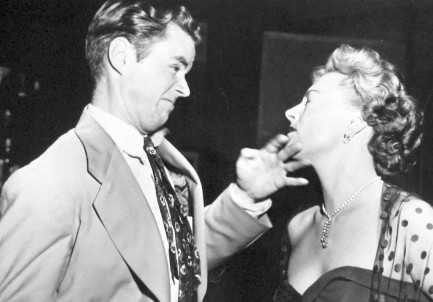 Virginia Field takes one on the chin from Marshall Thompson in Dial 1119.
Virginia Field takes one on the chin from Marshall Thompson in Dial 1119.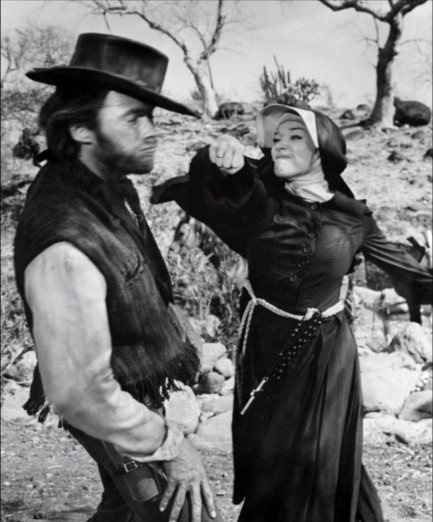 Clint Eastwood absorbs a right cross from nun Shirley MacLaine in 1970's Two Mules for Sister Sara.
Clint Eastwood absorbs a right cross from nun Shirley MacLaine in 1970's Two Mules for Sister Sara.| Vintage Pulp | Mar 2 2022 |

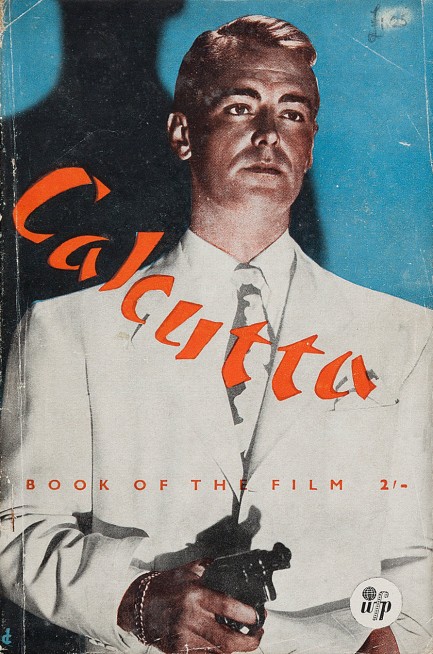
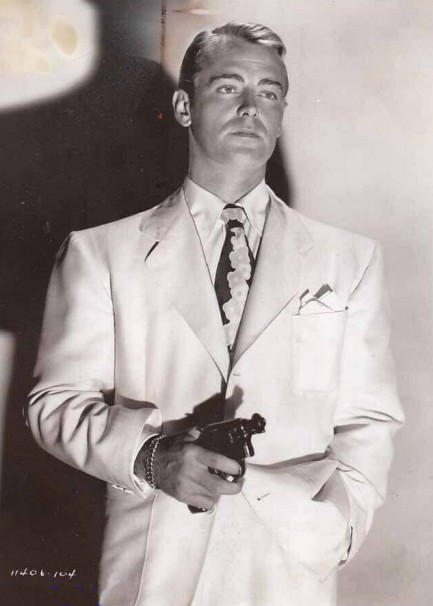
| Vintage Pulp | Dec 20 2021 |

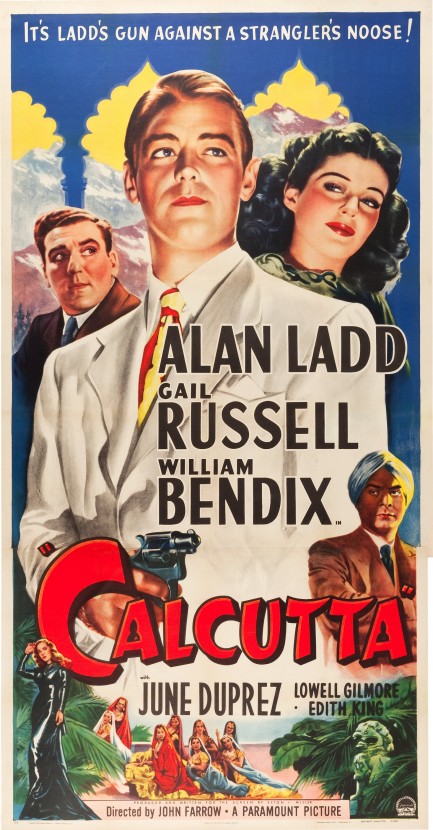
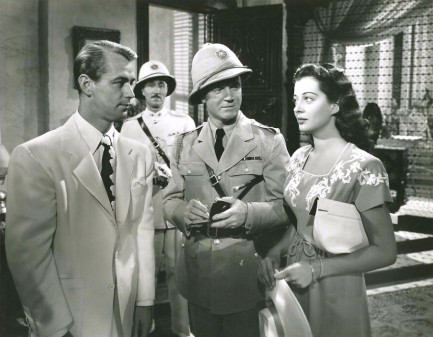
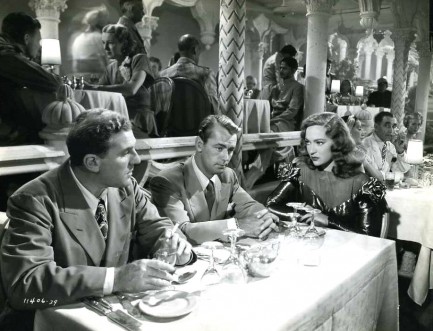
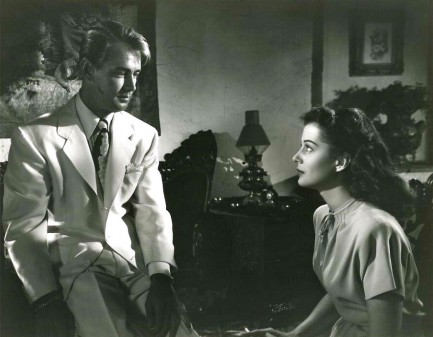
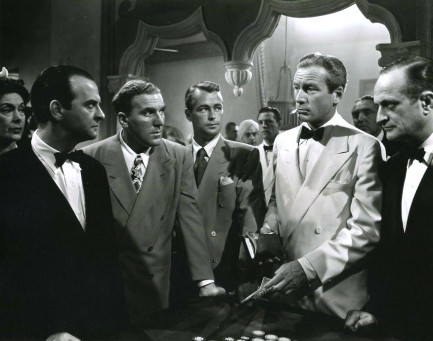
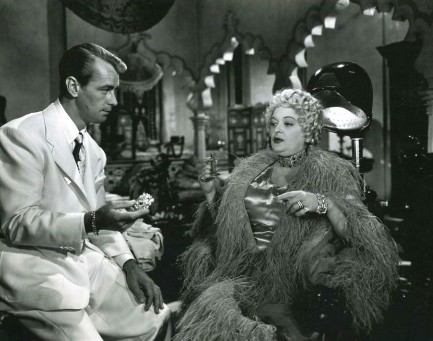
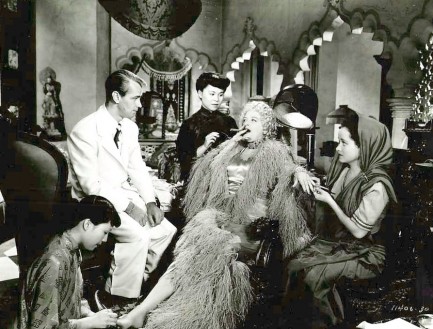
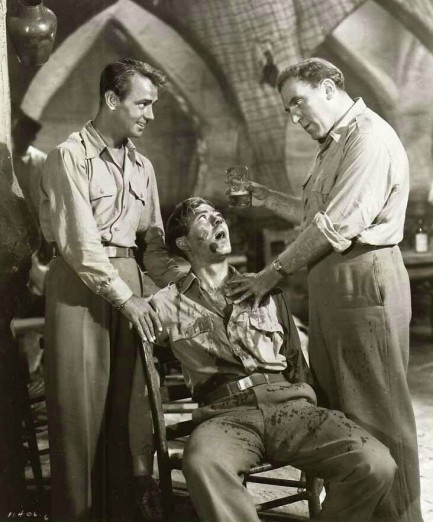
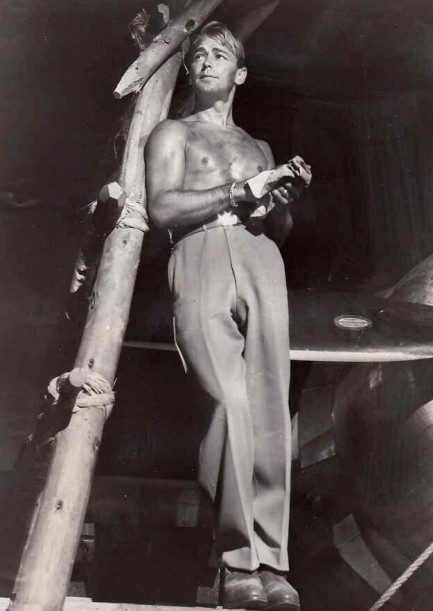
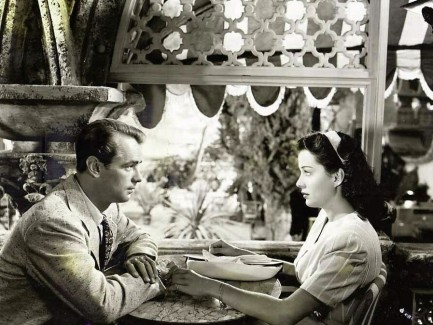
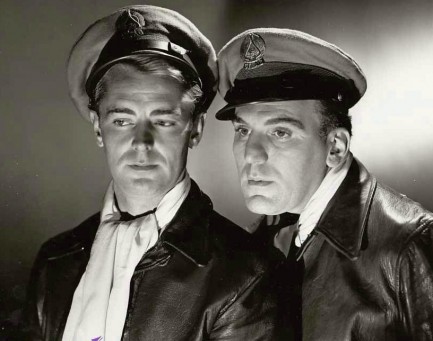
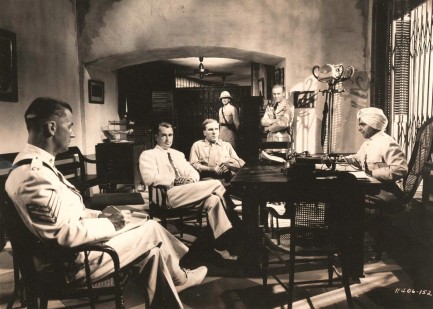
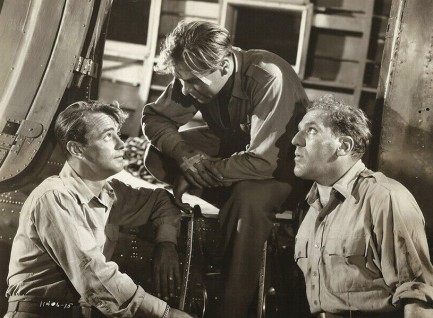
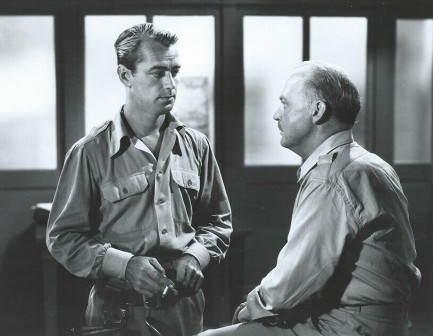
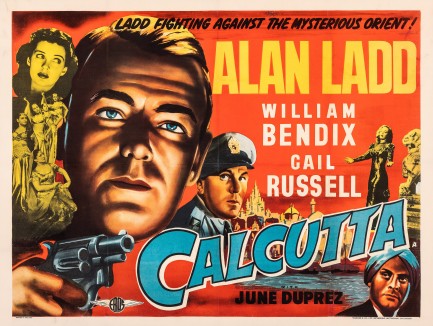
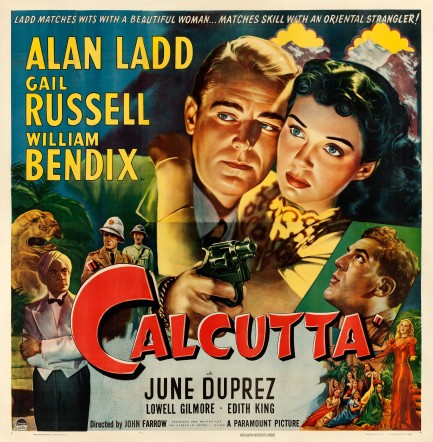
| Femmes Fatales | Aug 5 2021 |

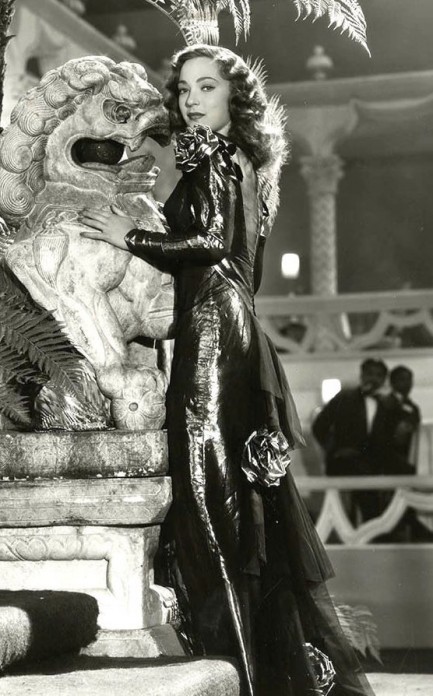
| Intl. Notebook | Dec 6 2012 |

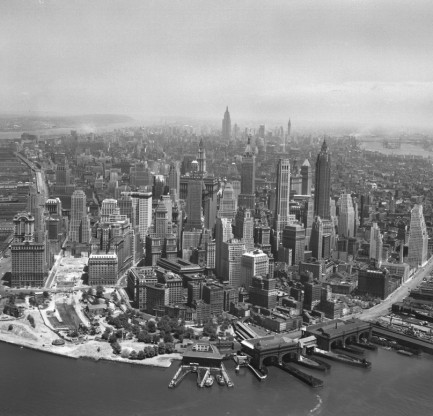
Above is a photo of Manhattan, New York City, in the year 1947, looking from Battery Park toward midtown. Here you see everything—the Staten Island Ferry Building at bottom, Wall Street to the right, the 59th Street Bridge crossing Welfare Island at upper right, and in the hazy distance, the Empire State Building—at that time arguably America’s most recognized symbol. In the aftermath of a war that had destroyed Europe’s and Japan’s industrial capacity, the U.S. was the unquestioned power on the planet, with massive economic might, a military that had taken up permanent residence in dozens of countries, and a growing stock of nuclear weapons. Two years later the Soviets would detonate their first nuclear bomb, shaking the American edifice to its foundation. Meanwhile, all around the world, the seeds of change were taking root. Below is a look at the world as it was in 1947.
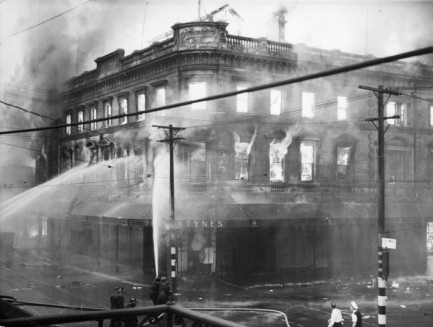
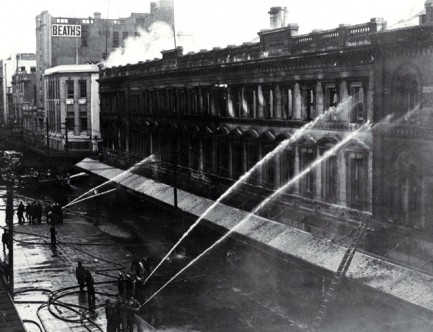
Firemen try to extinguish a blaze in Ballantyne’s Department Store in Christchurch, New Zealand.
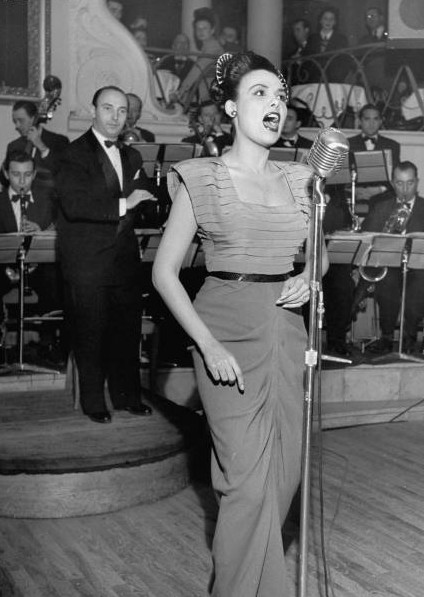
American singer Lena Horne performs in Paris.
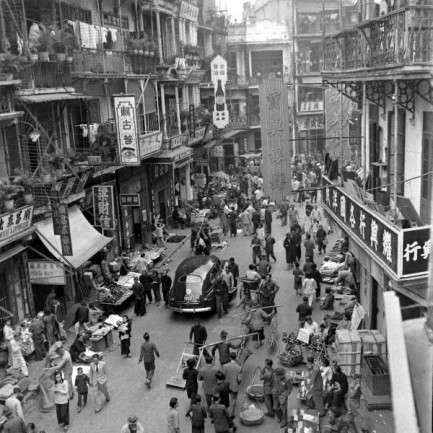
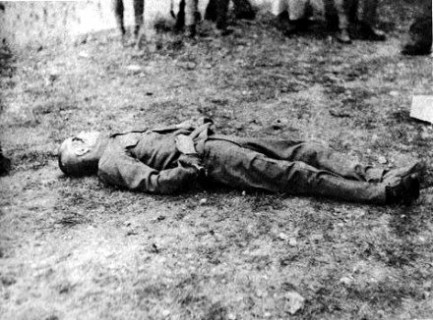
The hustle and bustle of Hong Kong, and the aftermath of the execution of Hisakazu Tanaka, who was the Japanese governor of occupied Hong Kong during World War II.
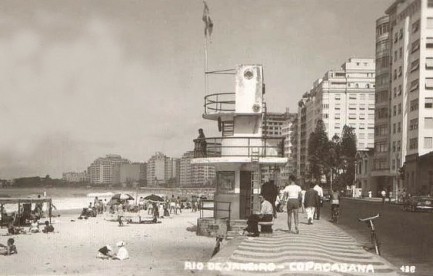
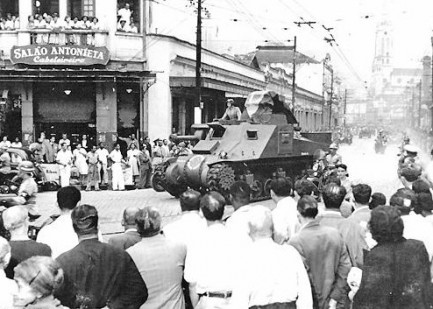
Sunbathers enjoy Copacabana Beach in Rio de Janeiro, and a military procession rumbles along Rua Catumbi.
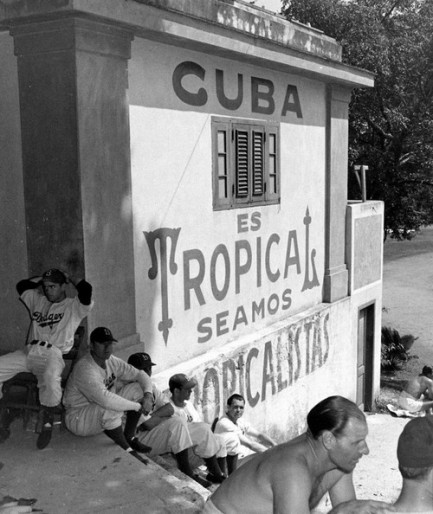
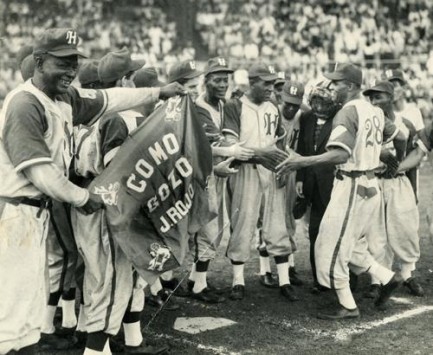
Assorted Brooklyn Dodgers and manager Leo Durocher (shirtless in the foreground) relax at Havana, Cuba’s Estadio La Tropical, where they were holding spring training that year. Second photo, Cuban players for the Habana Leones celebrate the first home run hit at Havana’s newly built Estadio Latinoamericano.
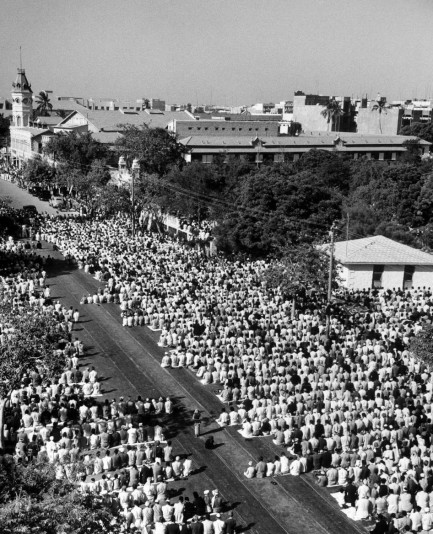
Thousands of Muslims kneel toward Mecca during prayer time in Karachi, Pakistan.
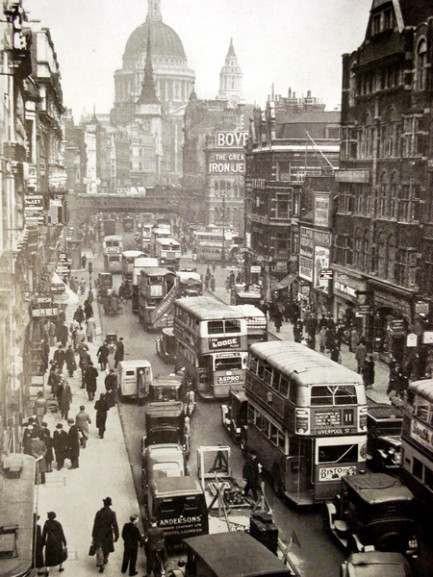
A snarl of traffic near St. Paul’s Cathedral in London.
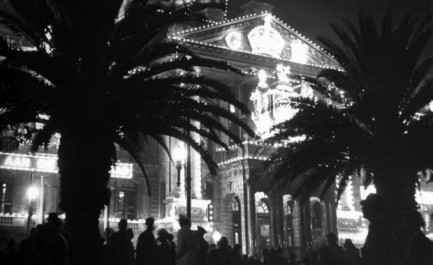
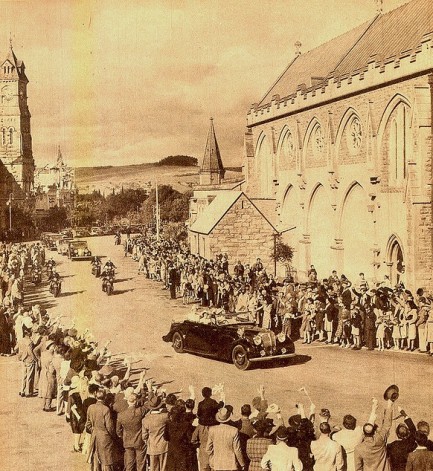
The city hall of Cape Town, South Africa is lit up to celebrate the visit of the British Royal Family. Second photo, during the same South African trip, the royals are welcomed to Grahamstown.
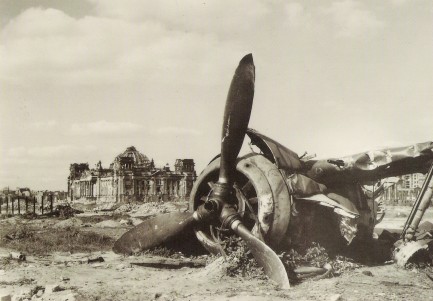
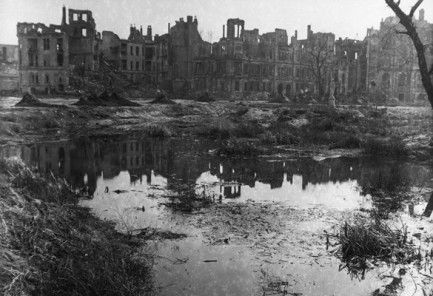
A wrecked fighter plane rusts in front of Berlin’s burned and abandoned parliament building, the Reichstag. Second photo, a shot of ruins in Berlin’s Tiergarten quarter, near Rousseau Island.
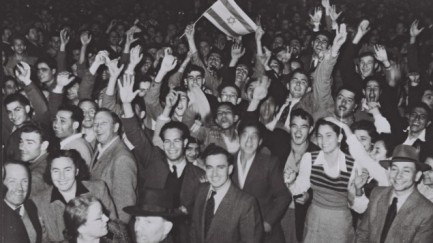
A crowd in Tel Aviv celebrates a United Nations vote in favor of partitioning Palestine.
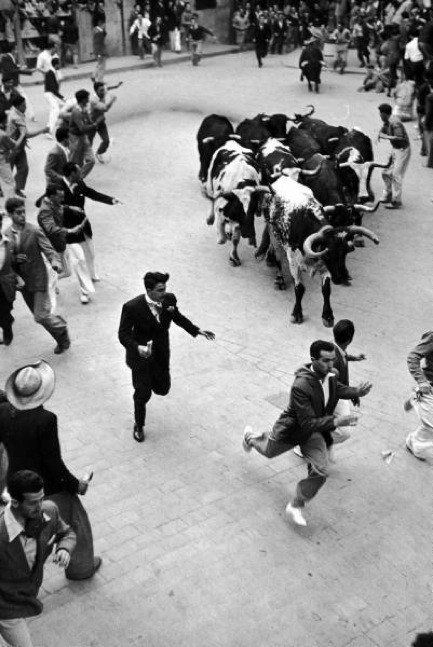
Men and bulls run through the streets of Pamplona, Spain during the yearly Festival of San Fermin.
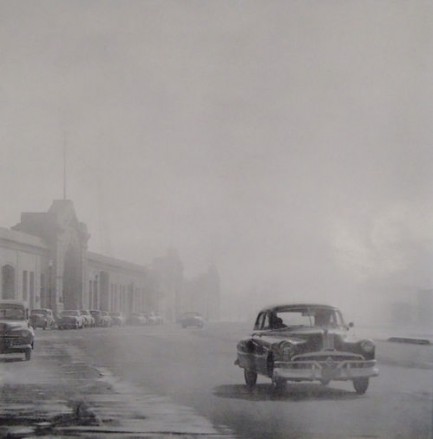
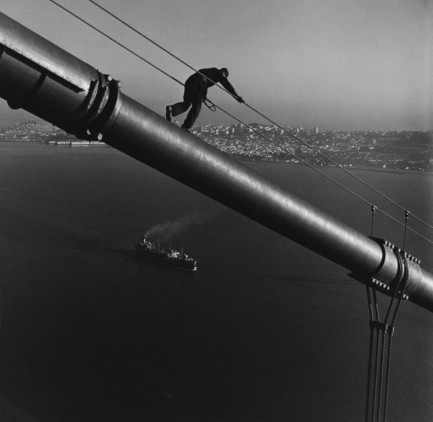
Fog rolls across the Embarcadero in San Francisco; a worker descends from a tower of the Golden Gate Bridge.
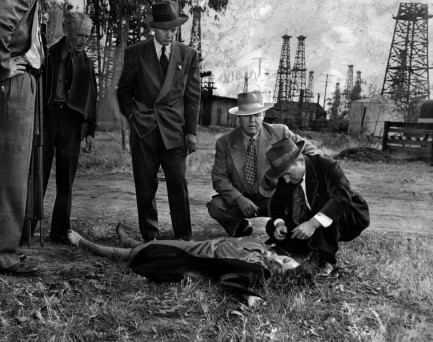
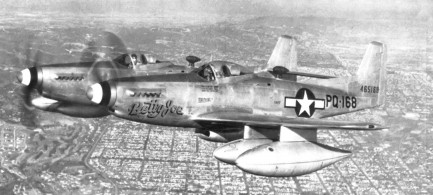
Detectives study the body of a woman found murdered in Long Beach, California. Two P-51 Mustang fighters fly above Los Angeles.
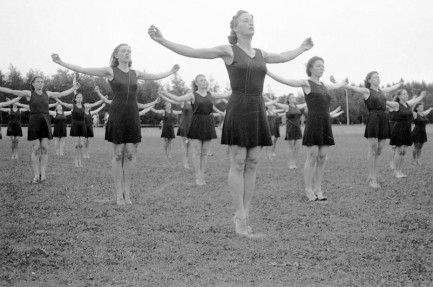
Danish women from Snoghøj Gymnastics School practice in Odense.
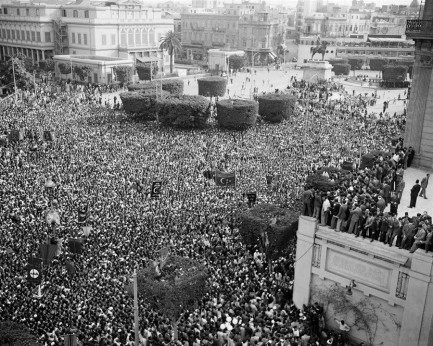
Tens of thousands of protesters in Cairo demonstrate against the United Nations vote in favor of partitioning Palestine.
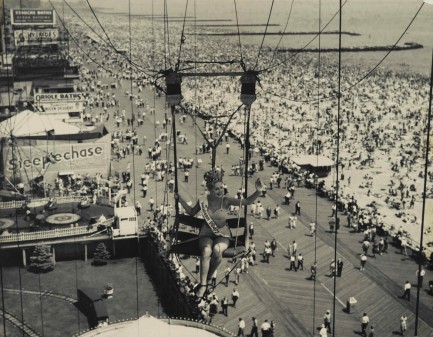
A beauty queen draped with a sash that reads “Modern 1947” is lifted high above the boardwalk in Coney Island, New York.

A woman in Barbados holds atop her head a basket filled with fibers meant for burning as fuel.
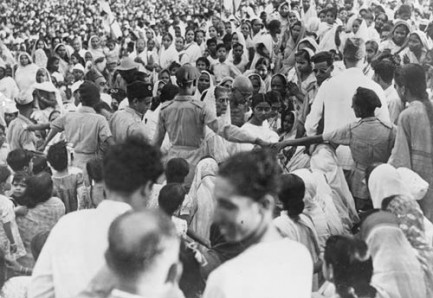
Mahatma Gandhi, his bald head barely visible at upper center, arrives through a large crowd for a prayer meeting on the Calcutta Maidan, India.
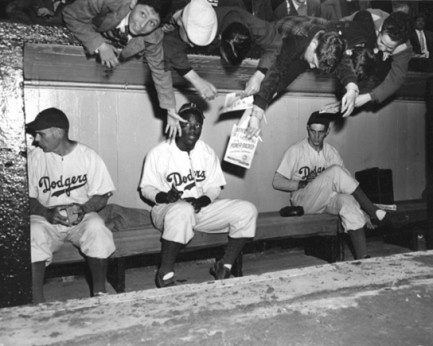
Major League Baseball player Jackie Robinson is hounded for autographs in the dugout during a Brooklyn Dodgers game.




































































